Zekkei × DJ HIKARU | Nakijin Jo Site, Okinawa
12月の1日に沖縄本島北部の国頭郡にある今帰仁城跡(なきじんじょうあと)で、DJのHIKARUさんをお迎えして、撮影を行なってきました。11月頃から、冬が迫る中、なんとか天候の良い日程を選んで撮影したいと…選びすぎて、日程調整しすぎて、結局12月に入ってからの撮影となってしましました。
On the first day of December, we had a filming session with DJ HIKARU at Nakijin-jo Site in Kunigami-gun, northern Okinawa Island.
As winter was approaching from November, we wanted to choose a date with good weather… we chose too many dates and adjusted the schedule too much, so we ended up shooting in December.
11月29日の夕方に沖縄入り、30日にロケハンして翌日撮影という日程です。29日の夜は沖縄で友人達のお店を周りました。まず夕ご飯はSeafood Club El Faro その名の通り魚介類のお店ですが、この日は1ヶ月に一度の肉の日です。屋上のテラス席で美味しいお肉を沢山頂き、その後、12月6日のプレオープンに向けて、薬酒Bar Timeを開店準備中の友人を訪ねます。
We arrived in Okinawa in the evening of November 29th, did location scouting on the 30th, and shot the film the next day. 29th night was spent visiting friends’ restaurants in Okinawa.
First, we had dinner at Seafood Club El Faro, which as the name suggests, is a seafood restaurant, but this day was the once-a-month “meat day”.
We ate a lot of delicious meat on the rooftop terrace, and then visited a friend who was preparing to open Yakushu Bar Time for its pre-opening on December 6.
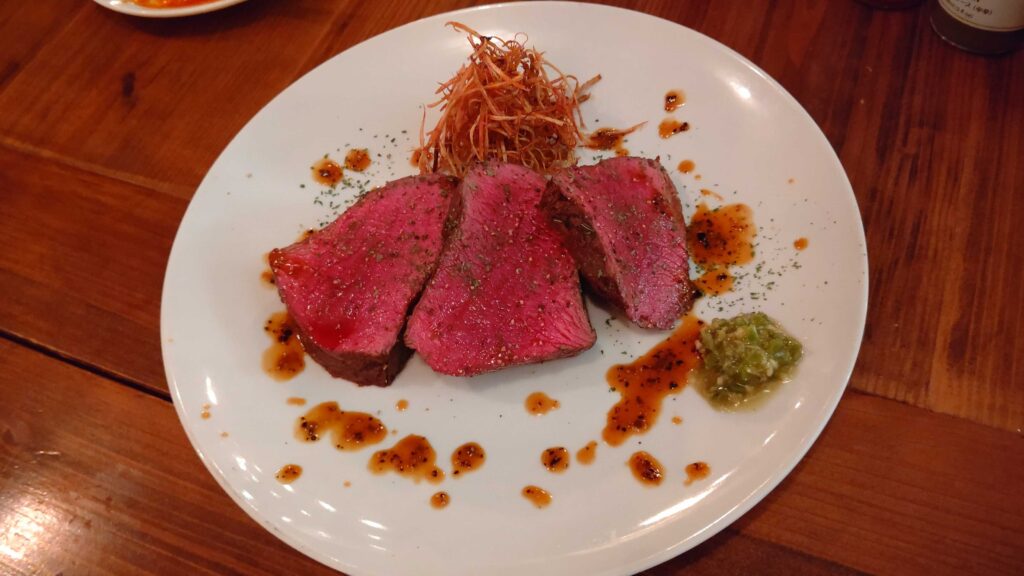
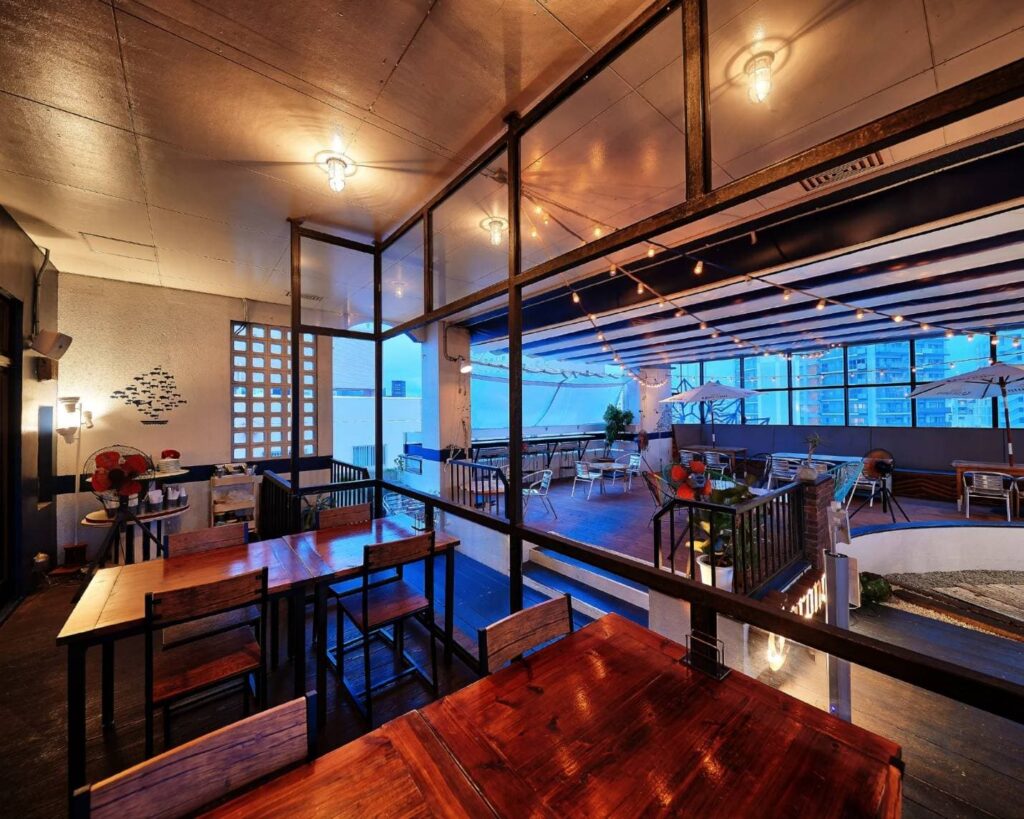
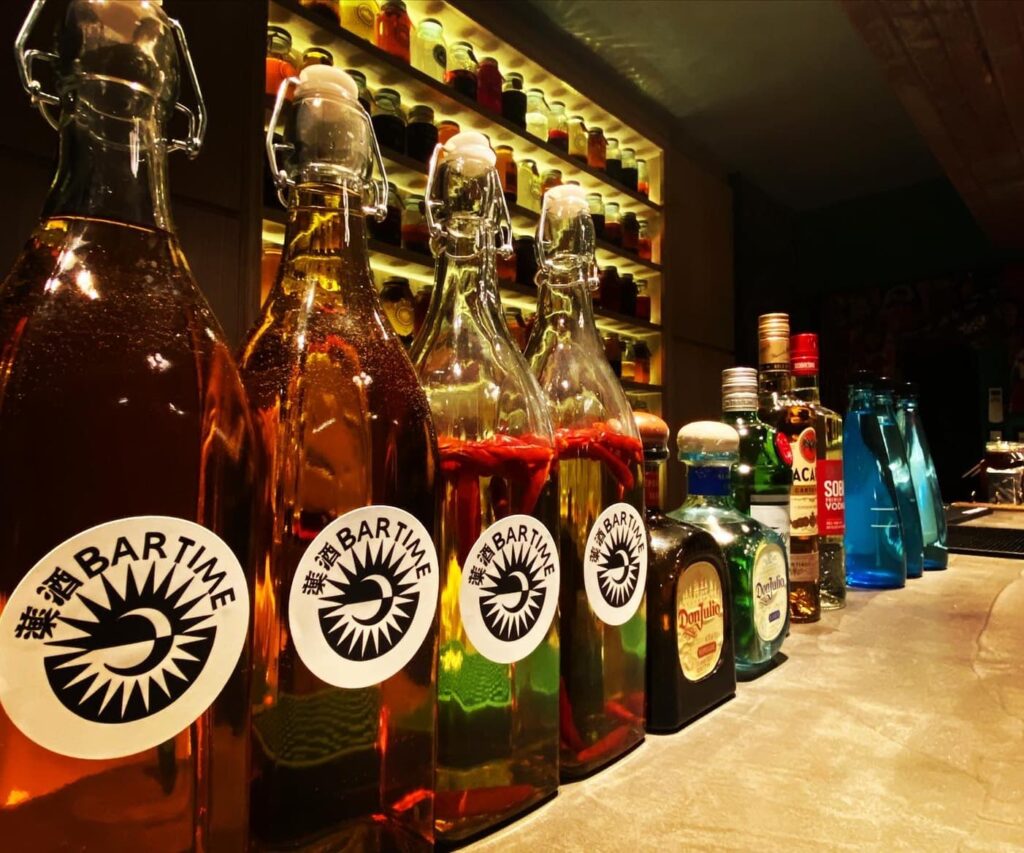
DJをグスクで撮影する仕事で来たというと「え?もしかしてHIKARUくんを撮影するのって、りょう(僕の名前)なの?」なんだか色々人の縁が繋がっていて、既にその界隈では話題になっていたようです。「HIKARUくんは仲間だからよろしくね」と念を押され、いよいよ明後日の撮影に向けて僕らの気分も上がっていきます。
When I told a friend of mine at a bar I was here to film the DJ at the Gusuku, he asked, “What? Could it be that it was Ryo (my name) who was going to shoot HIKARU-kun? It seems that people’s relationships are somehow connected and it was already a hot topic in the area.
He reminded me that “HIKARU-kun is a friend of mine, so please take care of him.” Our excitement for the day-after-tomorrow shooting increased.
*○○-kun : We use honorifics “-kun” to refer to boys or men that we’re close with.
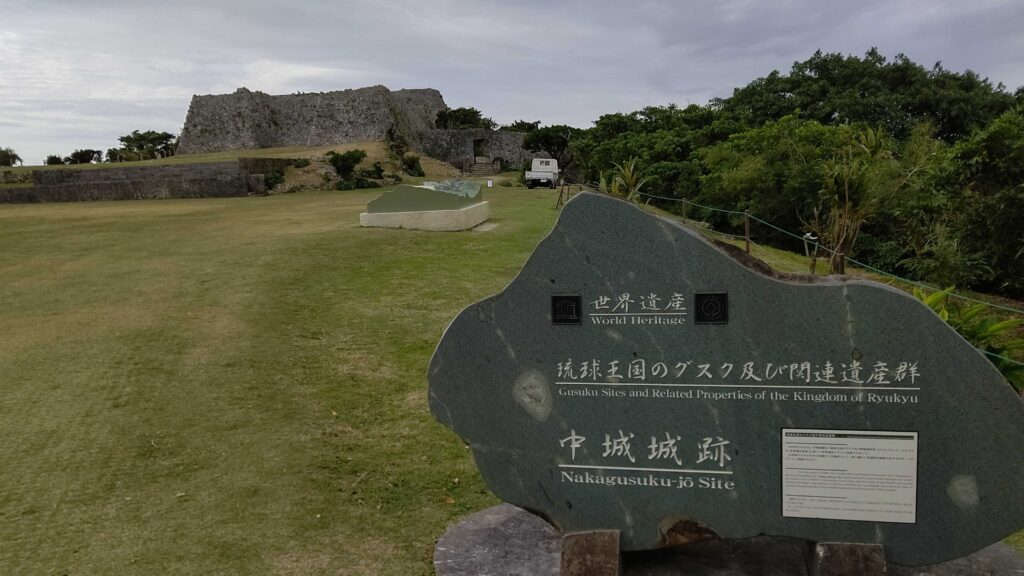
翌日、遅れて沖縄入りしたメンバーと合流し、撮影候補地の城(ぐすく)を回ります。まずは、本島中部の東海岸に位置し、中城湾に面す、中頭郡中城村にある中城城跡(なかぐすくじょうあと)に向かいます。石組が大変立派で美しい城後で、最上段にブースを置いて下から煽るように撮ればとても美しい画が撮れそうです。
The next day, we met up with the other members who had arrived late to Okinawa and went around the potential shooting Gusuku sites. First, we went to the Nakagusuku Jo Site in Nakagusuku Village, Nakagami-gun, located on the east coast of the central main island, facing Nakagusuku Bay. It is a beautiful castle with very fine stonework, and if you place a booth at the top and shoot from below, you will be able to take beautiful images.
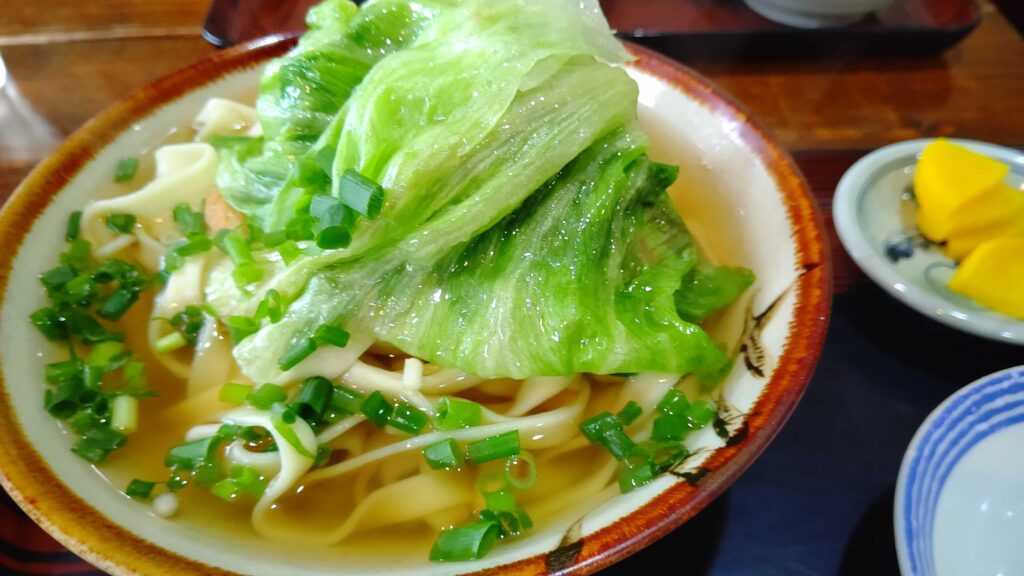
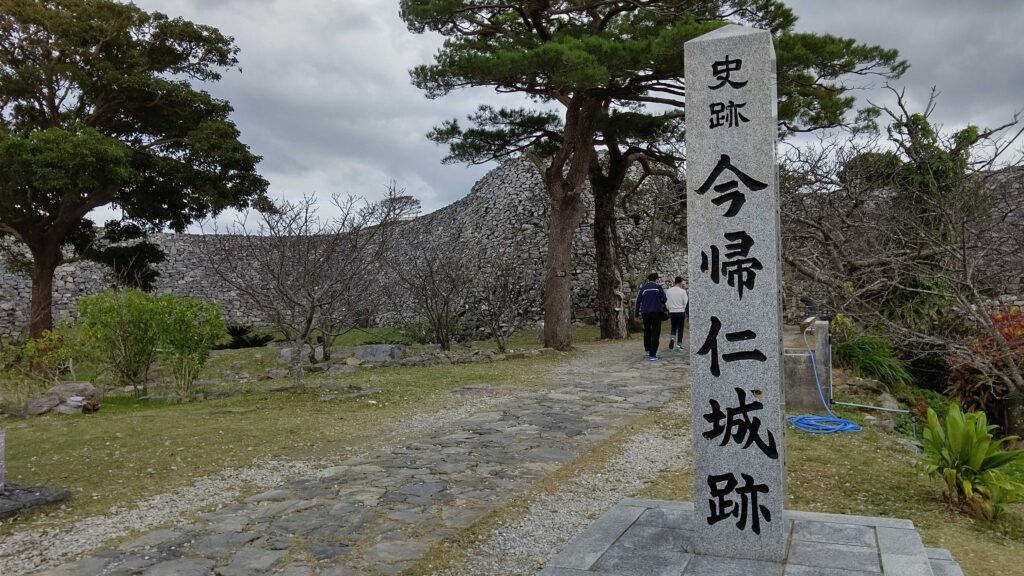
その後、もう一つの候補地である今帰仁城跡へ向かいます。途中お昼を名護市の 沖縄そば おおしろ で頂きます。このお店は、観光客より地元の人が多くやってくる店といった感じで、とても美味しい沖縄そばを頂くことができました。
今帰仁城跡は、波打つ様に曲線の美しい城壁が印象的で、周囲も自然に囲まれており、いかにも沖縄の古城といった趣です。
春にはその城壁をくぐった先に続く真っ直ぐな石畳の両側をずっと、満開の桜並木が彩るそうです。
After that, we headed for the Nakijin-jo Site, another candidate site. On the way, we had lunch at Okinawa Soba Ooshiro in Nago City. This restaurant seemed to attract more locals than tourists, and we were able to have a very delicious Okinawa soba.
The Nakijin-jo Site is impressive with its beautiful wavy walls, surrounded by nature, just like an old castle in Okinawa.
In spring, both sides of the straight stone pavement leading through the castle walls are lined with cherry trees in full bloom.
沖縄には現地の言葉で「グスク」と呼ばれる古い城跡が沢山あり、その内この今帰仁城を含めて9つの史跡が「琉球王国のグスク及び関連遺跡群」として、2000年に世界遺産登録されています。そこで、今回はグスクについて少し調べてみました。
In Okinawa, there are many old castle ruins called “gusuku” in the local language, and nine of them, including Nakijin-jo Site, were registered as The “Gusuku Sites and Related Properties of the Kingdom of Ryukyu” on the World Heritage List in 2000. So this time, I did some research on gusuku.
ここから「縄と矢じり」の草刈朋子さんによるレポートです。
Here is a report by Tomoko Kusakari, who belongs to “Nawa to Yajiri”.
サンゴ礁の海が広がる琉球列島では、古来より貝の交易が行われてきた。肉厚で光沢のあるゴホウラガイやイモガイは、弥生時代には九州の権力者たちを魅了し、その身を飾る腕輪として珍重された。やがて、古墳時代にそれらの交易が衰退すると、内側がパールのように輝く夜光貝が運ばれ、漆器に埋め込まれる螺鈿細工の原料となった。
その一方で、島々には貝交易を通じてブタ、鉄などの島にはないものが持ち込まれた。やがて、農耕の開始とともに富が集積され、それを背景に登場したのが按司(あじ)と呼ばれる権力者たちであり、その居城がグスクだとされている。
The Ryukyu Islands, with their coral reefs, have been trading in shellfish since ancient times. The thick and lustrous strombus latissimus and conus attracted the powerful people of Kyushu during the Yayoi period, and were prized as bangles to adorn their bodies. When trade in these products declined in the Kofun period, great green turban shells with pearlescent insides were brought in and used as raw materials for mother-of-pearl inlays embedded in lacquerware.
On the other hand, through shellfish trade, the islands brought in pig, iron, and other things that were not found on the islands. Eventually, with the start of agriculture, wealth accumulated, and with this came the powerhouses called Aji. And their residence is said to be a gusuku.
沖縄を含む琉球列島にはグスク遺跡が大小合わせて300以上もあるという。しかし、グスクを按司の居城とだけ言い切るのは難しい。グスクの中には、首里城のような大規模なグスクもあれば、石積みで囲っただけのもの、石積みも囲いもない岩だけのグスクなどがあり、倉庫や墓として使われた例もある。そして、現在それらのほとんどは、祭りを行う聖域の御嶽(ウタキ)になっているという。むしろ、グスクは時代によって変遷し、最後に心のよりどころとなる聖域が残されたといってもよいのではないだろうか。
It is said that there are more than 300 gusuku ruins, both large and small, in the Ryukyu Islands including Okinawa. However, it is difficult to say that a gusuku is only the residence of a priest. Some gusuku are large, such as Shuri Castle, some are just enclosed with stone blocks, some are just rocks without any stone blocks or enclosure, and some were used as warehouses or tombs. And most of them are now used as Utaki, sanctuaries where festivals are held.
Rather, it could be said that the gusuku changed with the times, and the sanctuaries were left behind to serve as a sanctuary for the soul.
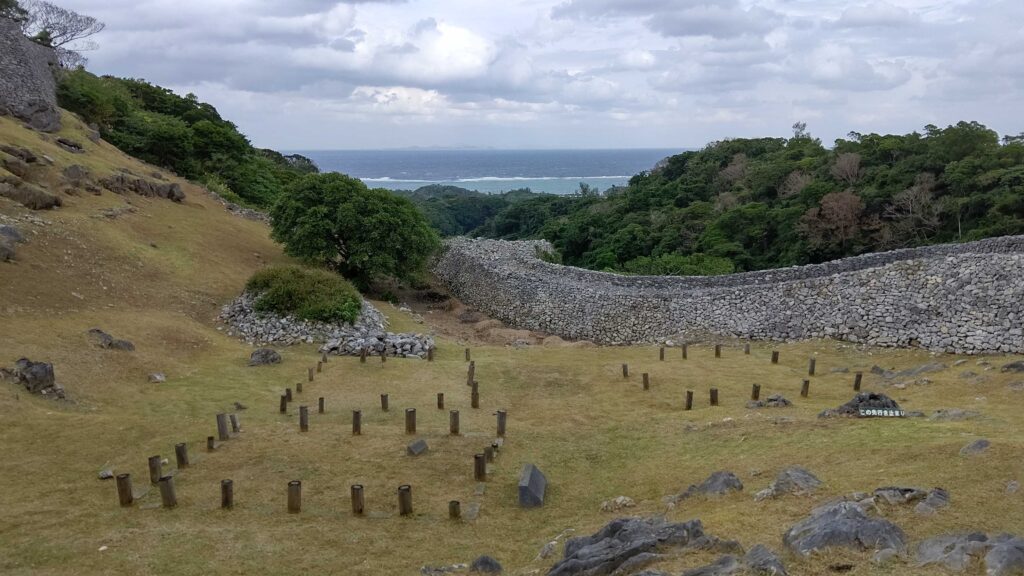
沖縄北部のヤンバル地方の国頭半島にある今帰仁城(なきじんじょう)は、首里に統一国家が誕生する前夜の14世紀前後に沖縄北部を支配した按司、北山王の居城だ。
標高100mの丘陵地形に野面積み(のづらづみ)でめぐられされた城壁は、サンゴ由来の琉球石灰岩と異なり、非常に硬い中生代の石灰岩でできている。石積みの中にはアンモナイトの化石が見られる場所もあるらしい。そのように古い生命を含む不定形な石の集積は、吸い込まれるような独特の迫力があり、戦乱の世を生き抜くための防御壁という以上に、この地に生きた人々の自然との近しさを感じさせてくれるものだと思う。
Nakijin Castle, located on the Kunigami Peninsula in the Yanbaru region of northern Okinawa, was the residence of King Kitayama, who ruled northern Okinawa around the 14th century, on the eve of the birth of a unified state in Shuri. The castle walls, built by *”Nozurazumi” on a hilly terrain at an elevation of 100 meters, are made of very hard Mesozoic limestone, unlike Ryukyu limestone, which is derived from coral. It is said that fossils of ammonites can be found in some of the stone blocks. Such an accumulation of irregularly shaped stones containing old life has a unique power that seems to suck you in, and I think it is more than just a defensive wall to survive the war, but also a reminder of the closeness to nature of the people who lived here.
*Nozurazumi : “Nozurazumi” stonewalls are made of naturally shaped stones. This technique is also called “Ranzumi” which means “stones roughly piled together” since stones of various sizes and shapes are used to construct these stonewalls.
この頃の沖縄本島では北部を支配する北山のほか、中山、南山の3つの勢力が鼎立し、各王は競って中国(明)と交易を行い、その取引先を朝鮮半島から日本、東南アジアまで広げていた。大交易時代の華やかさを物語るように、今帰仁城跡では14〜15世紀頃の中国製の陶磁器や朝鮮半島の高麗青磁器、タイやベトナムの陶器、日本からの焼物など国際色豊かな文物が出土している。しかし繁栄も束の間、1416年に北山はのちに琉球王国を建国する尚巴志によって滅ぼされてしまう。その後、今帰仁城は琉球王府から派遣された北山監守とその一族の居城となったが、1609年に薩摩藩の焼き討ちにあい、以降再建されることはなかった。
In addition to Kitayama, who ruled the northern part of the island, Nakayama and Nanzan were the three most powerful kings in Okinawa at this time, and each king competed with the other to trade with China (Ming Dynasty), expanding their trading partners from the Korean Peninsula to Japan and Southeast Asia. As a testament to the splendor of the era of great trade, Nakijin-jo Site have been excavated with a rich international flavor, including Chinese ceramics from the 14th to 15th centuries, Goryeo celadon wares from the Korean Peninsula, ceramics from Thailand and Vietnam, and pottery from Japan.
However, the flourishing was short-lived, and in 1416, Kitayama was destroyed by the Sho Hashi, who later founded the Ryukyu Kingdom. After that, Nakijin Castle became the residence of the governor of Kitayama and his family, who were dispatched from the Ryukyu Kingdom, but the castle was burned down by the Satsuma clan in 1609 and was never rebuilt.
ちなみに、今帰仁城は、ほかの地域のグスクがそうであるように聖域としての機能を失わなかった。城内にある御嶽では、その後も祭祀が行われ続けた。今でも旧暦の8月に今帰仁ノロによる大拝みが執り行われているという。
ここでグスクに聖域が残された理由について、よく考えてみよう。男たちが長期間海に繰り出している間、畑を耕し、子どもを育て、儀式をし、島を守ったのは誰だったのかということを。
それは女たちだ。
国は破れても、聖地は女たちによって生かされ、残り続けたのである。それがこれらのグスクが世界遺産に認められた最大の価値のように思えるのだが、それは私だけだろうか。
Incidentally, Nakijin Castle did not lose its function as a sanctuary as other gusuku in the area did. Rituals continued to be performed at the Utaki located in the castle. It is said that even now, in August of the lunar calendar, Nakijin Noro performs a grand worship service.
Let us now consider the reason why the sanctuary was left in the gusuku. Who cultivated the fields, raised the children, performed the rituals, and protected the island while the men went to sea for long periods of time?
It was the women.
Even though the country was destroyed, the sacred land was kept alive by the women and remained. This seems to be the greatest value of these gusuku being recognized as a World Heritage site…or am I the only one who thinks so?
文:草刈朋子(縄と矢じり)
Text : Tomoko Kusakari (Nawa to Yajiri)
参考資料:
高梨修・中本 謙・良成 直樹・阿部 美菜子(2009)「沖縄文化はどこから来たかーグスク時代という画期(叢書・文化学の越境)」森話社
安里進「グスクから御嶽へ──考古学からみた沖縄の聖域──」, 55-59
沖縄県の歴史散歩編集委員会(2014)「沖縄県の歴史散歩」山川出版
谷川健一(1999) 「日本の神々」岩波新書
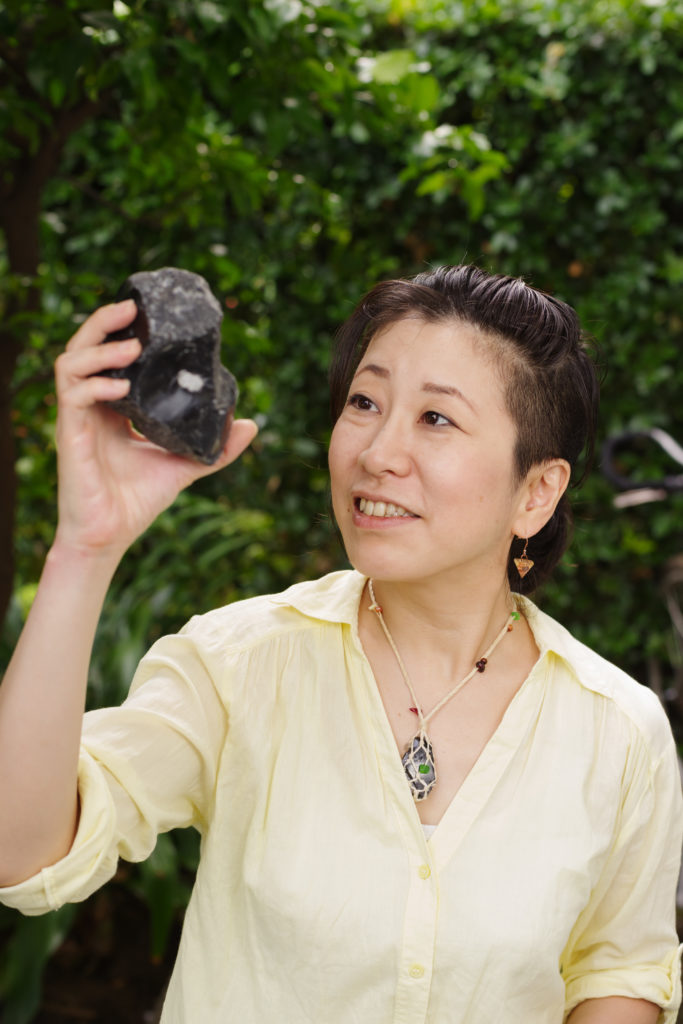
草刈朋子(くさかりともこ)
縄文探求ユニット「縄と矢じり」の文章担当。北海道出身。コピーライター、雑誌・書籍編集を経てフリーの編集・ライターとして独立。2009年よりNPO法人jomonismに参加し、縄文関連イベントの企画・制作に携わる他、縄文をテーマに執筆。フォトグラファーの廣川慶明とともに「縄と矢じり」を結成し、全国の遺跡や考古館を旅しながら各地の縄文のカタチ、環境から読み解ける先史時代の価値観を探求中。
In charge of writing for the Jomon exploration unit “Nawa To Yajiri”.Born in Hokkaido. After working as a copywriter and editing magazines and books, became independent as a freelance editor and writer. Since 2009, she has participated in the NPO jomonism, involved in the planning and production of Jomon-related events, and wrote on the theme of Jomon. Formed “Nawa To Yajiri” with photographer Yoshiaki Hirokawa, and while visiting archaeological sites and archaeological sites nationwide, they are exploring the shapes of Jomon and prehistoric values that can be understood from the environment.
・今帰仁城跡(なきじんじょうあと)
・座喜味城跡(ざきみじょうあと)
・勝連城跡(かつれんじょうあと)
・中城城跡(なかぐすくじょうあと)
・首里城跡(しゅりじょうあと)
・園比屋武御嶽石門(そのひゃんうたきいしもん)
・玉陵(たまうどぅん)
・識名園(しきなえん)
・斎場御嶽(せいふぁうたき)
・Nakijin Jo Site
・Zakimi Jo Site
・Katsuren Jo Site
・Nakagusuku Jo Site
・Shuri Jo Site
・Sonohyan-utaki Ishimon
・Tamaudun
・Shikinaen
・Sēfa-utaki
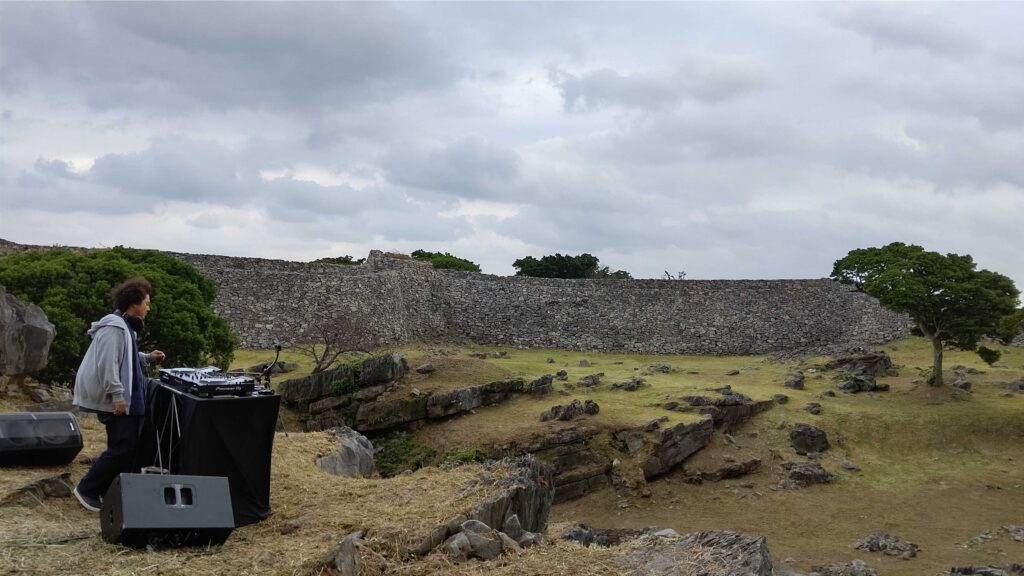
結局撮影は今帰仁城跡で行うことになり、近くのホテルに宿を取り、深夜仕事が終わったHIKARUさんと合流、翌朝早朝からの撮影となりました。かなり風が強くドローンでの撮影などが心配でしたが、普段は入れないエリアにDJブースを作らせて頂き、美しい城壁に囲まれてDJプレイを行いました。大変な強風の中、ご自身のプロジェクトBLAST HEADの楽曲群と彼の作曲した楽曲のみで構成された、大変レアなDJセットを披露してくださいました。
In the end, we decided to shoot at the Nakijin Jo Site, so we stayed at a nearby hotel, met up with HIKARU who had finished work late at night, and started shooting early the next morning. It was very windy and we were worried about the drone shooting, but we were able to set up a DJ booth in an area that is not usually open to the public, and played DJ surrounded by the beautiful castle walls. Despite the strong wind, he performed a very rare DJ set consisting only of music from his project BLAST HEAD and music he had composed.
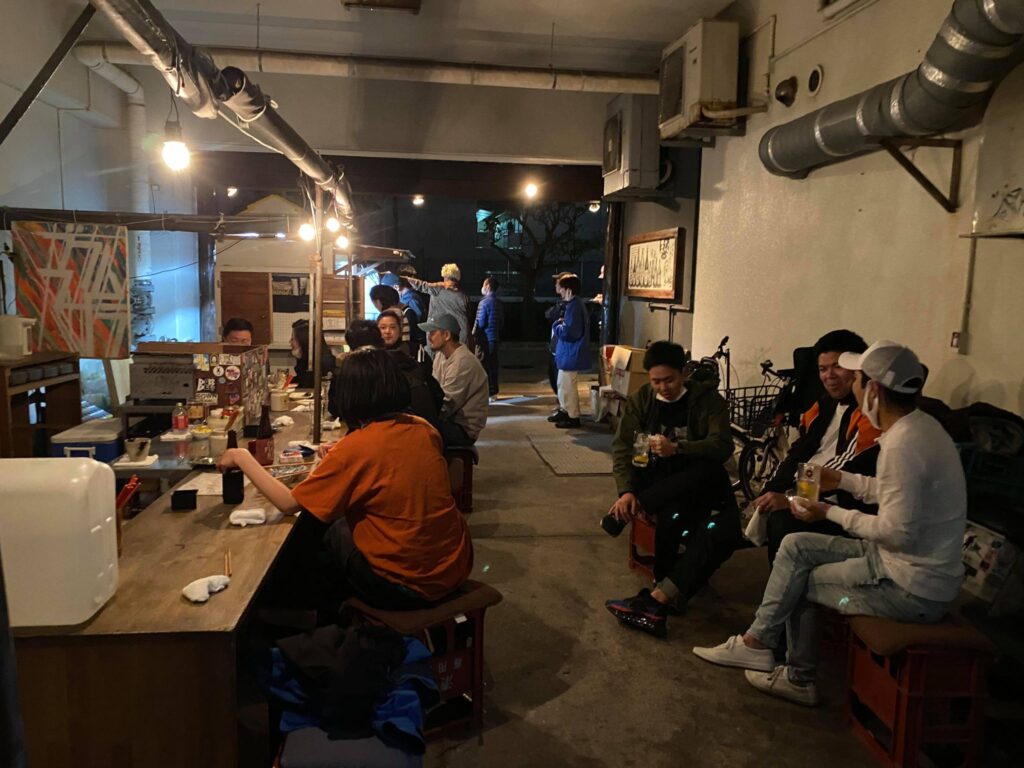
その日の夕食後には、HIKARUさんがやっている居酒屋「がらむ」を訪ねます。訪ねてびっくり!ビルの駐車場に勝手に設えたかの様なカウンターだけのお店です。THAT IS GOODのメンバーが過去の沖縄訪問時にもびっくりして気になっていたお店だったのでした。
HIKARUさん特製のおでんがとても美味しく、お酒も安くて人気です。前日に会って「HIKARUくんを宜しく」と言っていた友人ともそこで再会、その後も那覇にいる間中夜はガラムに通い、その度に友達が増えてしまうという大変ハッピーなお店でした。
After dinner that day, we visited HIKARU’s izakaya “Garam”. I was surprised when I visited there! It’s just a counter in the parking lot of a building, as if it was set up by itself. The members of THAT IS GOOD had been surprised and curious about this place in their past visits to Okinawa.
HIKARU’s special oden is very tasty, and the drinks are cheap and popular. I met up with a friend there who I had met the day before and had told him to take care of HIKARU, so I frequented Garam every night for the rest of my stay in Naha. Every time I went to Garam, I made more friends, which made me very happy.
今帰仁城跡の美しい城壁と、HIKARUさんが披露してくれたレアなDJセットを、みなさん是非お楽しみください!
そして那覇を訪れる際には「がらむ」にも足を運んでみてください。「THAT IS GOODで、今帰仁城跡でのHIKARUさんのDJ見ましたよ!」って言ってもらえれば、特典がついて来るかどうかは分かりませんが、良くしてもらえると思います(笑)
I hope you all enjoy the beautiful castle walls of Nakijin Jo Site and the rare DJ set performed by HIKARU!
And if you are ever in Naha, be sure to visit Garam. If you say “I saw HIKARU’s DJ set at Nakijin Jo Site on THAT IS GOOD! I don’t know if you’ll get any special offers, but I’m sure you’ll be treated well lol
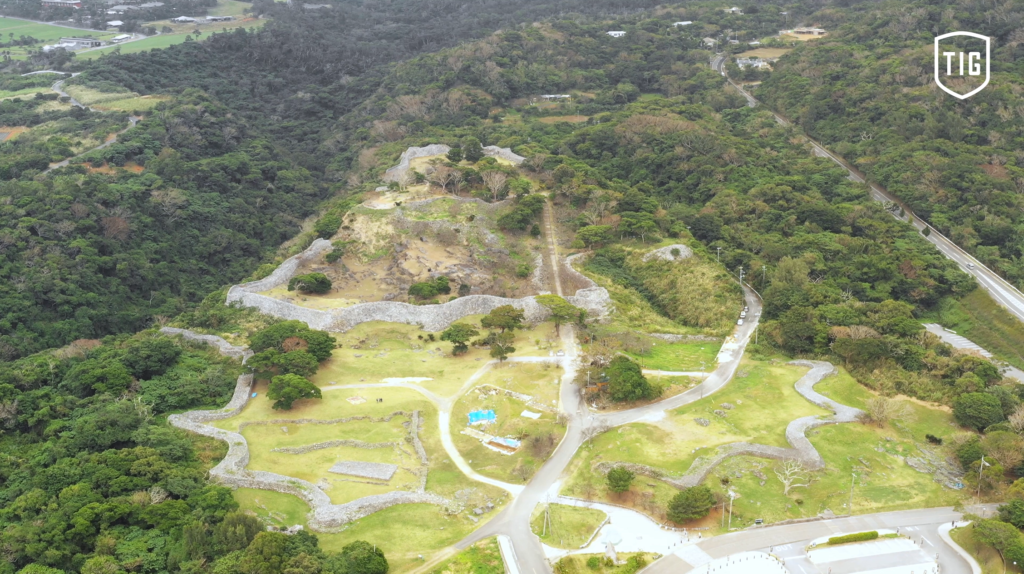
那覇空港国内線ターミナルから、やんばる急行バスで、「リゾートホテル・ベル・パライソ行き」または「運天港行き」に乗って、今帰仁城跡入り口まで約150分
那覇市内からは、沖縄都市モノレール「ゆいレール」旭橋駅前にある那覇バスターミナルから、那覇バス/琉球バス交通 [111] 名護バスターミナル行きに乗って約90分、名護市役所前にて乗り換え、沖縄バス [66] 本部半島線 今帰仁廻り 謝花経由名護バスターミナル行きで更に約40分、今帰仁城跡入り口で下車
バス停から実際の今帰仁城跡までは徒歩で10分程度かかります。
From Naha Airport Domestic Terminal
Take the Yanbaru Express Bus bound for “RESORT HOTEL BEL PARAISO” or “Unten Port” for about 150 minutes to the entrance of Nakijin-Jo Site.
From Naha City (From Naha Bus Terminal)
In front of Asahibashi Station on the Okinawa Urban Monorail (Yui Rail), take the Naha Bus/Ryukyu Bus Kotsu [111] bound for Nago Bus Terminal (about 90 minutes), transfer at Nago Shiyakusho-mae, then take the Okinawa Bus [66] Motobu Hanto Line bound for Nago Bus Terminal via Nakijin-mae and Jahana (about 40 minutes), and get off at the entrance of Nakijin Castle Ruins. It takes about 10 minutes on foot from the bus stop to the actual Nakijin Jo Site.
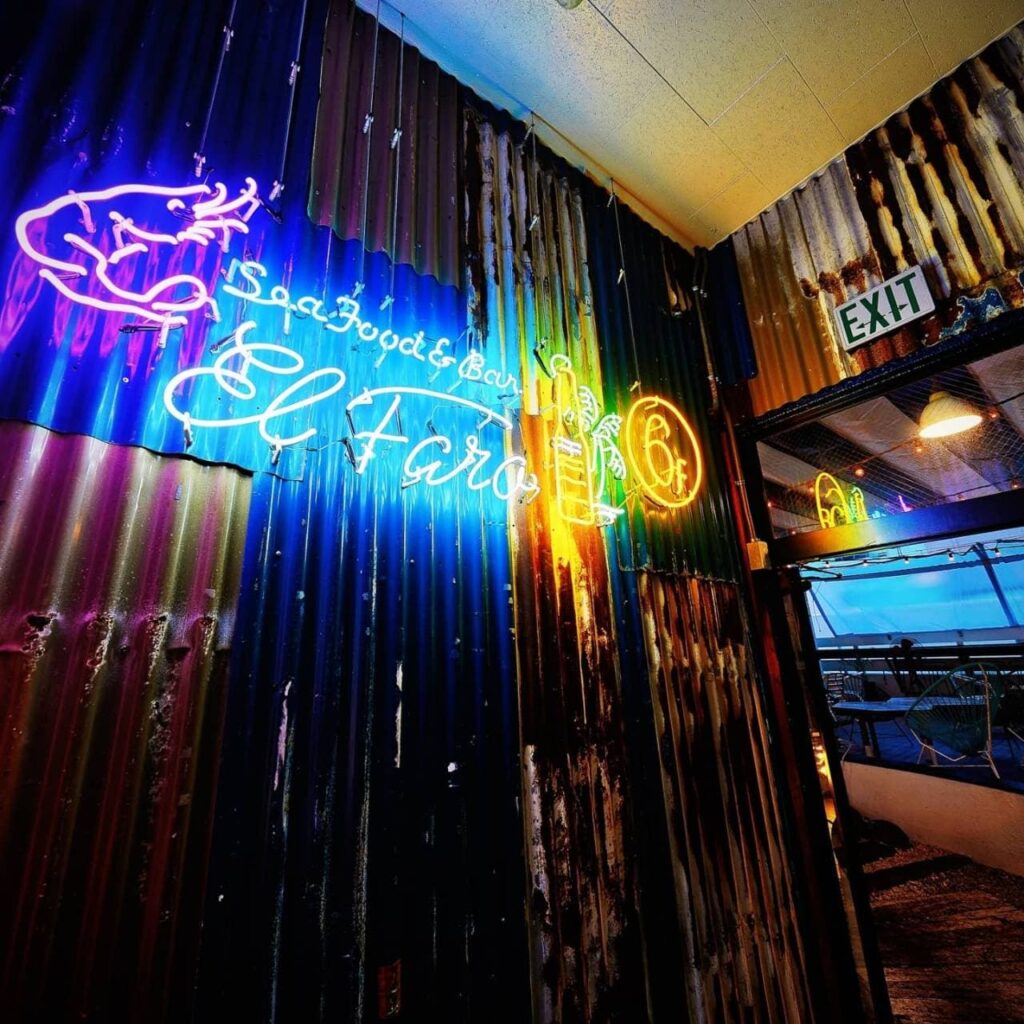
国際通り沿い牧志側の端の方、ゆいレール牧志駅の横でモノレールの下をくぐって、川を渡った先の左側
住所:沖縄県那覇市安里1-1-60 大永ビル6階
At the end of the Makishi side of Kokusai Street, next to Yui Rail Makishi Station, pass under the monorail and cross the river. You can see on the left side.
Address: 6F, 1-1-60 Asato, Naha City, Okinawa Prefecture
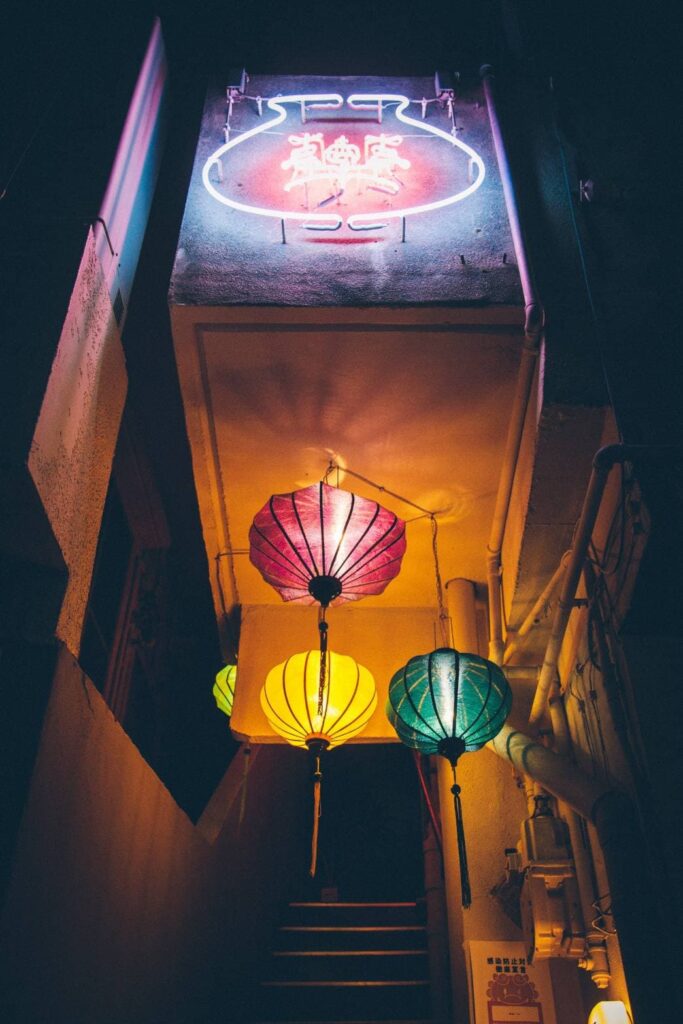
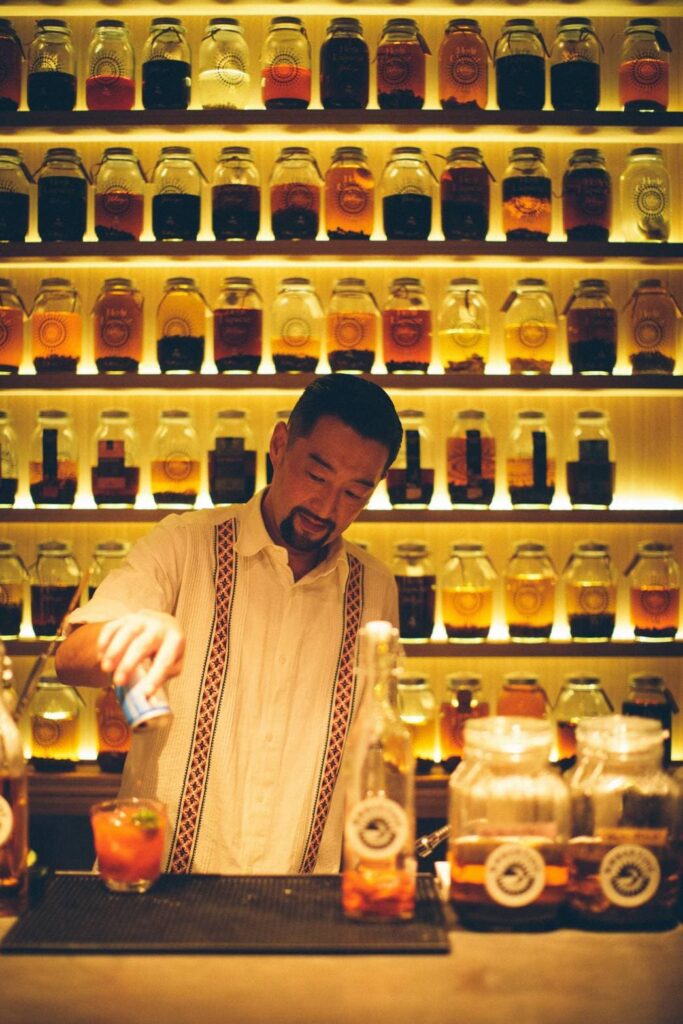
国際通りから沖映通りに入り、2つ目の右斜めにゆるくカーブしている路地に入り数分の右側
住所:沖縄県那覇市牧志2-16-15 2階
From Kokusai Street, turn onto Okiiei Street, and take the second alley that curves gently to the right for a few minutes. You will see it on the right side.
Address: 2F, 2-16-15, Makishi, Naha City, Okinawa Prefecture
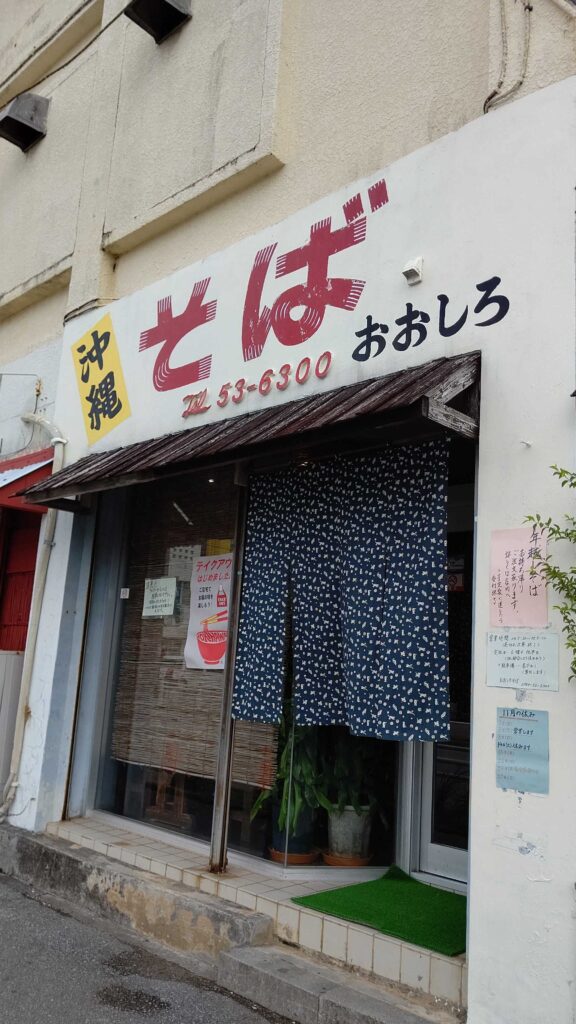
那覇方面から国道58号線を北上、名護漁港を過ぎたか過ぎないかあたりの右側エリア
58号線と並行して走る県道84号線「大西(南)交差点」付近
住所:沖縄県名護市城1-1-26
From the direction of Naha, take Route 58 north to the area on the right around Nago Fishing Port.
Near the Onishi (South) Intersection on Prefectural Road 84, which runs parallel to Route 58
Address: 1-1-26 Shiro, Nago City, Okinawa Prefecture
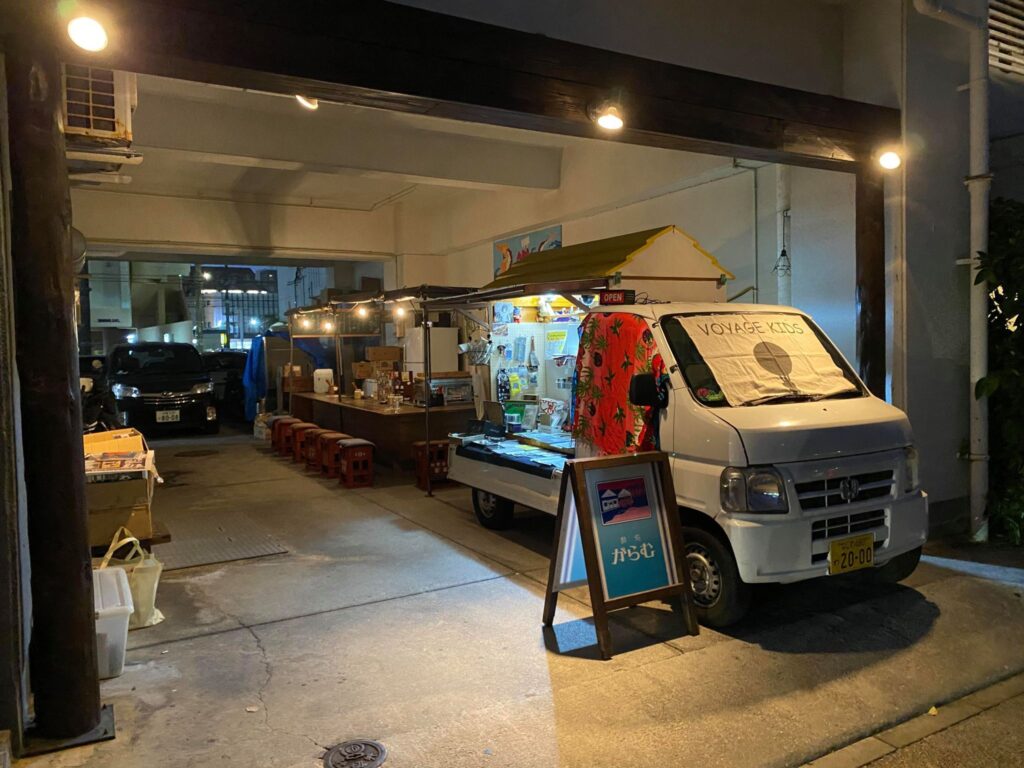
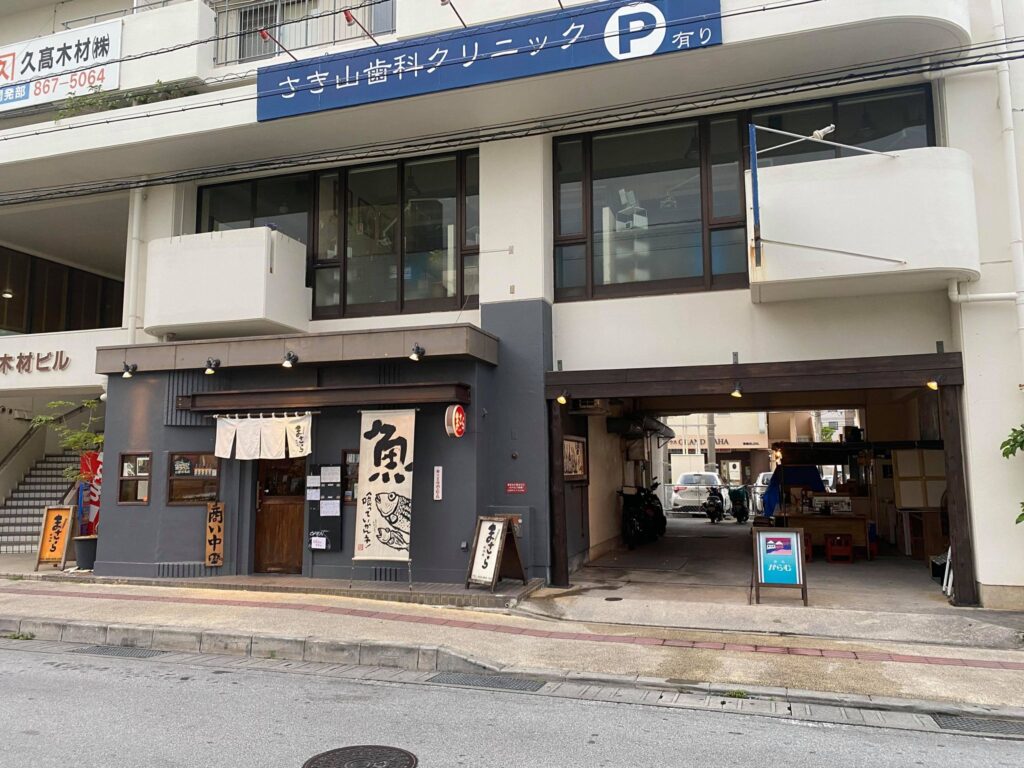
ゆいレール「県庁前」から「美栄橋」の間、ただし、並行して走る川を挟んで逆側の川沿いの道を進んだ左側
居酒屋まさらを目指して行ってください、その隣の駐車場内にあります!
まさらの住所:沖縄県 那覇市 久茂地 2-6-20
Between “Kencho-mae” and “Miebashi” on the Yui Rail, but on the opposite side of the river across from the river that runs parallel to it, on the left side of the road along the river.
Go towards Izakaya Masara, it’s in the parking lot next to it!
Masara’s address: 2-6-20 Kumoji, Naha City, Okinawa Prefecture
文:THAT IS GOOD編集部 中村
Text : THAT IS GOOD editorial department Nakamura